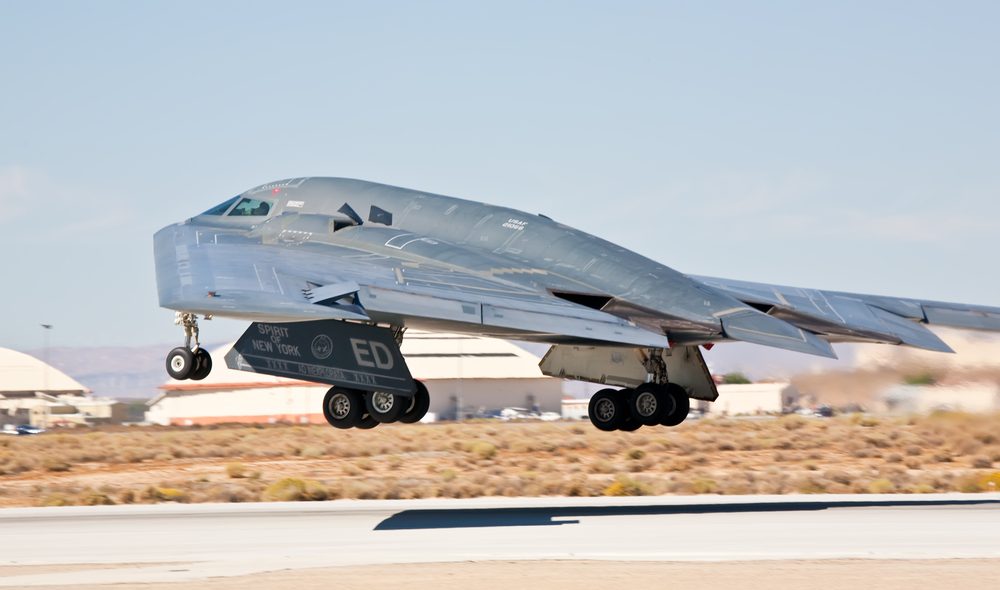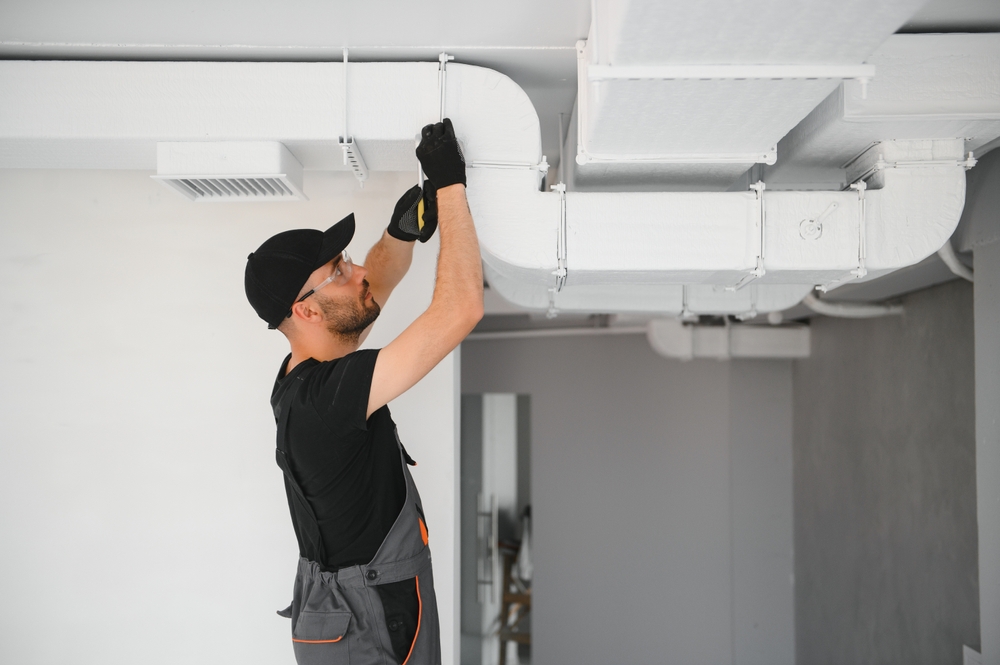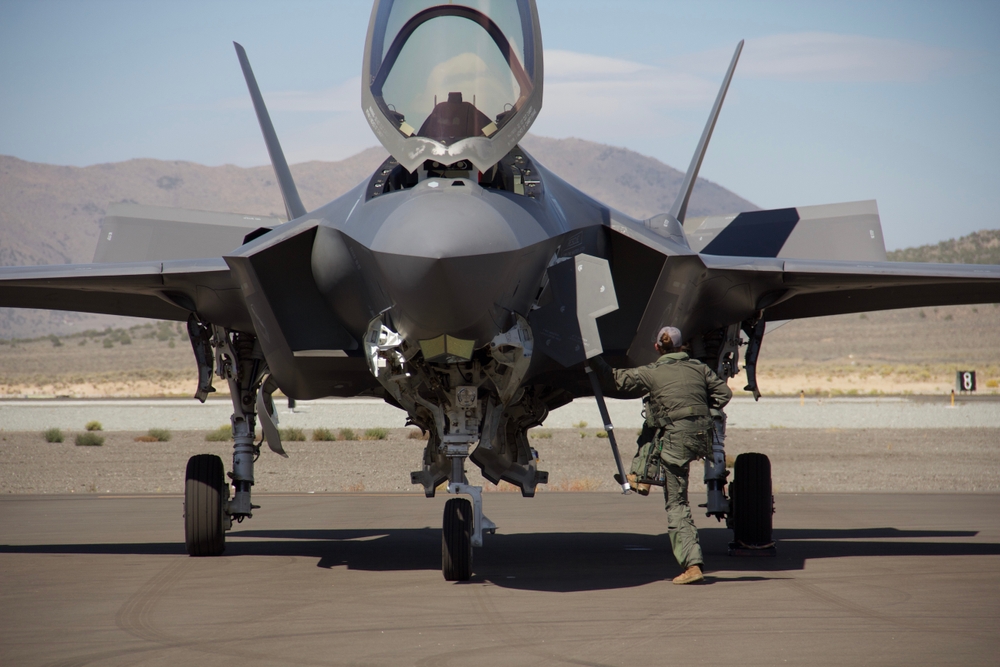Renting aircraft beats ownership for most pilots financially. You pay for what you fly, skip all the fixed costs. But rates vary hugely by aircraft type and location. Here’s what you’ll actually pay.
Quick Answer: Cessna 172 rentals cost $120-$180/hour wet (fuel included), Cessna 182 costs $160-$220/hour, Piper Arrow/complex aircraft $180-$250/hour, Cirrus SR20/SR22 $250-$400/hour. Rates include fuel (wet rate) or exclude it (dry rate – add $50-$80/hour for fuel). Location matters – busy metros cheaper than rural airports due to higher volume. Flying clubs offer $100-$140/hour for basic trainers versus FBO rentals at $140-$180/hour. Budget $150-$200/hour for capable cross-country aircraft at most locations.
Trainer Aircraft
Cessna 150/152: $90-$130/hour
Basic two-seat trainers. Cheap to rent but slow (90-100 knots) and limited useful load. Good for local flights and training, not cross-countries.
Cessna 172: $120-$180/hour
Most common rental. Four seats, 110-120 knot cruise, decent useful load. This is your standard rental aircraft everywhere.
Piper Cherokee 140/160/180: $110-$170/hour
Similar to 172 but slightly cheaper usually. Good trainer and cross-country aircraft.
Diamond DA40: $140-$200/hour
Modern glass panel trainer. Efficient, comfortable, great visibility. Costs more but nice to fly.
Complex/High-Performance
Cessna 182: $160-$220/hour
230 HP, retractable gear (on RG model), 140-knot cruise, six-seat. Great cross-country aircraft. Higher useful load than 172.
Piper Arrow: $180-$250/hour
Complex aircraft (retractable gear, constant-speed prop). Used for commercial training. 135-knot cruise.
Beechcraft Bonanza/Baron: $250-$400/hour
High-performance singles or light twins. Fast (160-180 knots), comfortable, expensive. Not widely available for rent – insurance requirements strict.
Cirrus SR20/SR22: $250-$400/hour
Modern high-performance singles with parachutes. SR20 is 155 knots, SR22 is 180+ knots. Amazing aircraft, expensive rentals, high insurance requirements (often need 1,000+ hours, instrument rating, checkout training).
Wet vs Dry Rates
Wet rate includes fuel – you pay one price, fly, return with tanks however you left them (or filled).
Dry rate excludes fuel – you pay hourly rate plus buy fuel separately. Usually saves $10-$20/hour if you find cheap fuel.
Most FBOs charge wet rates. Easier for everyone. Dry rates are more common in clubs and partnerships.
FBO vs Club Rates
FBOs (fixed-base operators) rent to anyone, higher rates ($140-$200/hour for 172s), no membership fees. Convenient but expensive.
Flying clubs require membership ($50-$200/month dues plus initiation fee), lower hourly rates ($100-$150/hour for 172s). Cheaper if you fly regularly (15+ hours/year breaks even usually).
Clubs also have better aircraft availability usually – more planes per member than FBO rental fleets.
Insurance and Checkouts
Rental insurance is included in hourly rate usually. Some places require renters insurance ($200-$400/year) that you provide – check before assuming you’re covered.
Checkouts required before renting – flight with instructor demonstrating proficiency. Costs $150-$300, valid 90 days to 1 year depending on FBO policy.
Complex/high-performance aircraft require specific endorsements and often 10-25 hours dual before solo rental.
Hidden Costs
Minimum daily charges: Some rentals charge 3-hour minimum per day on overnight trips. Taking a 172 for weekend costs 6 hours minimum even if you only fly 4.
Cancellation fees: Late cancellations (less than 24 hours) might incur charges.
Damage deposits: Some require $500-$2,000 deposit, refunded after safe return.
Monthly minimums: Some clubs require 5-10 hours monthly flying or you pay minimum anyway.
Making It Affordable
Join a club if you fly 15+ hours/year – pays for itself quickly.
Fly off-peak (weekdays, early mornings) – some places discount non-prime times.
Block time – prepay for 10-25 hours, get 5-10% discount.
Share costs – take passengers and split expenses legally (private pilot can split actual costs).
Choose cheaper aircraft when possible – 152 for solo local flights, 172 for passengers.




Leave a Reply